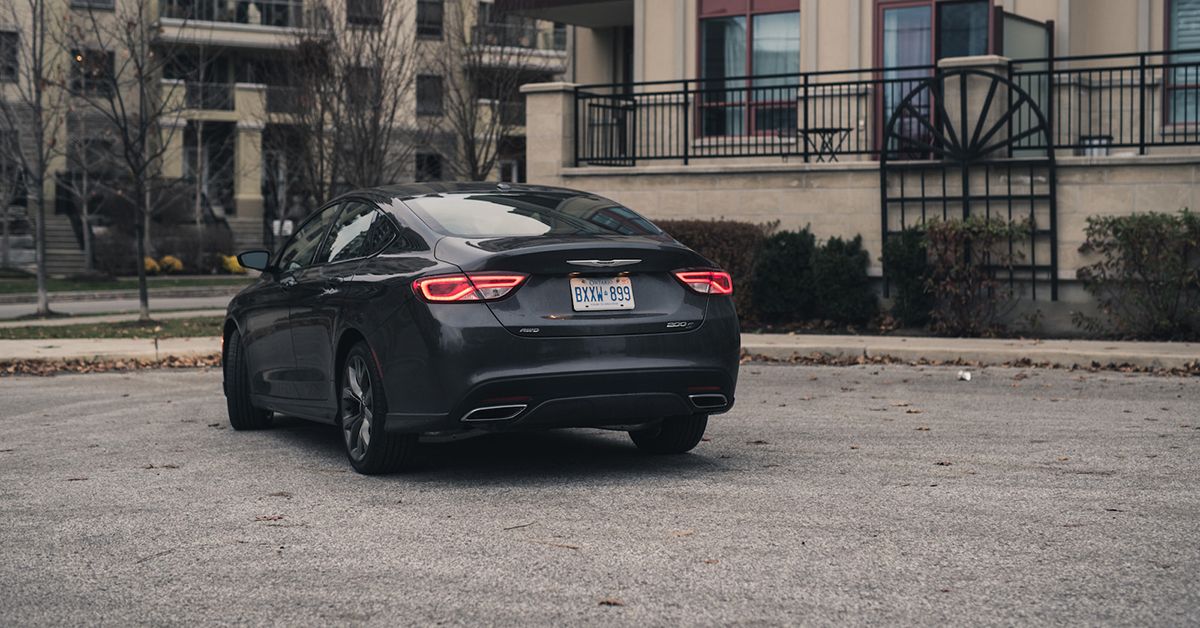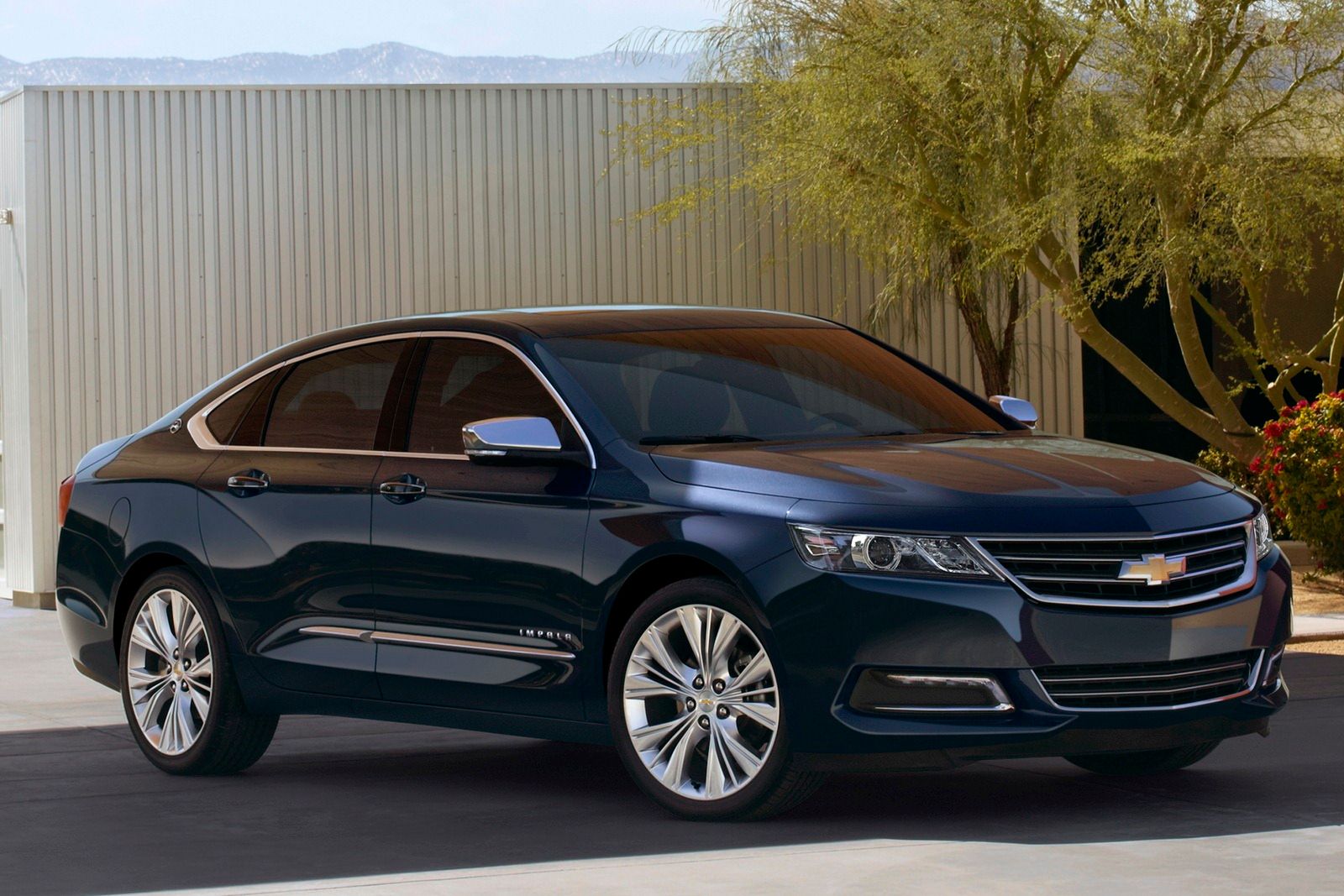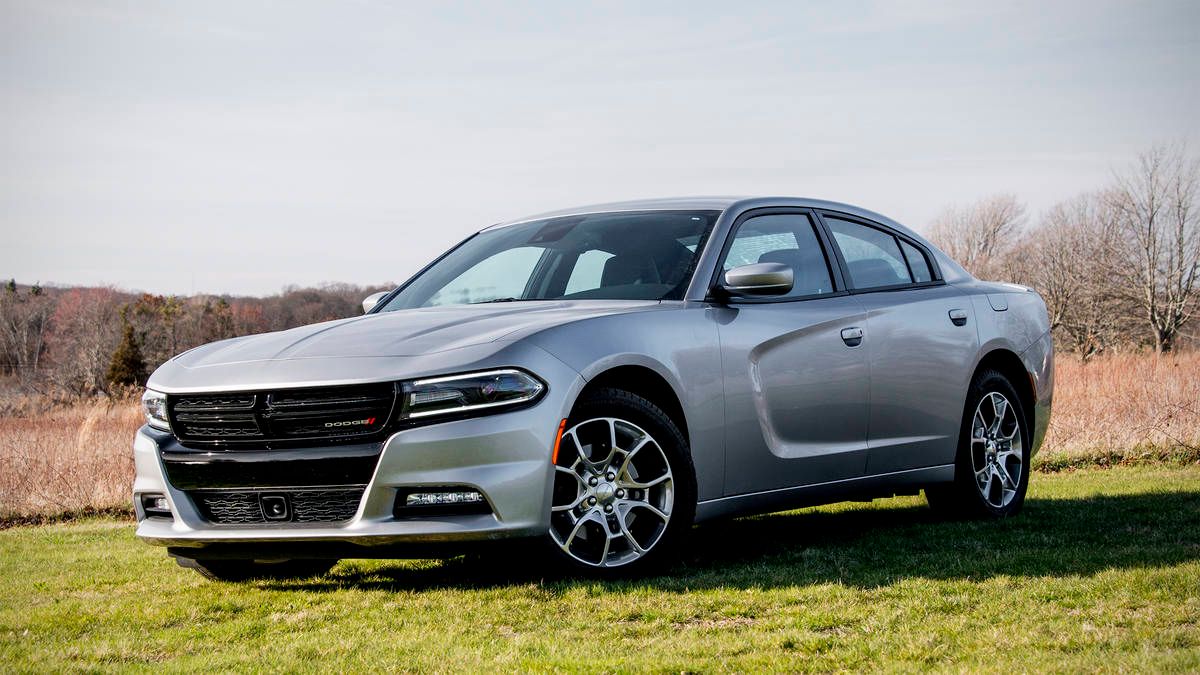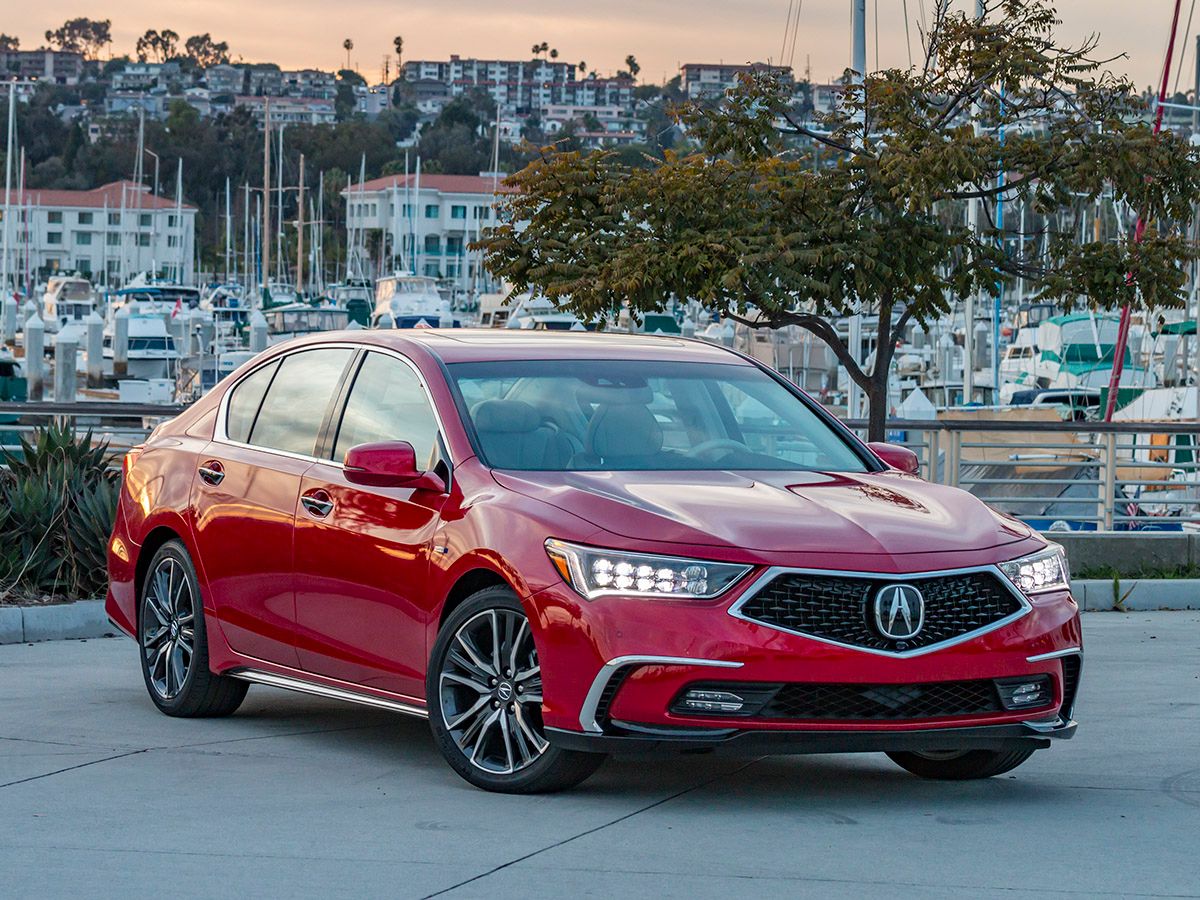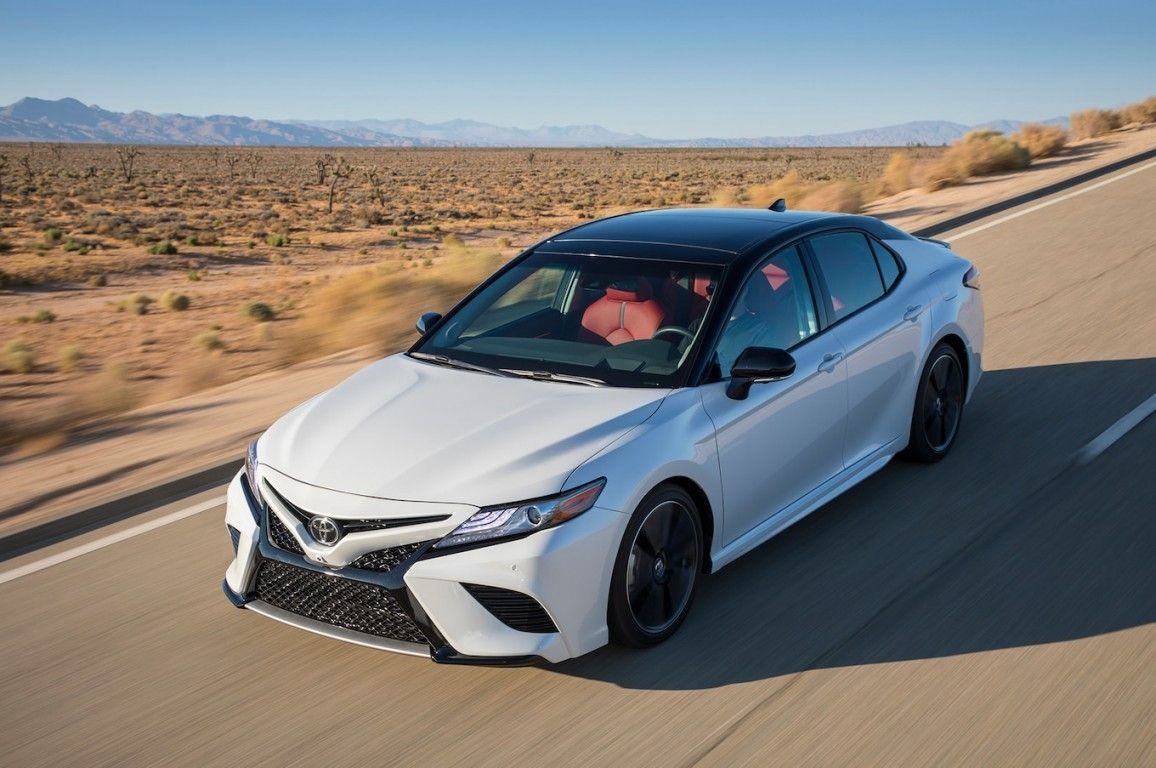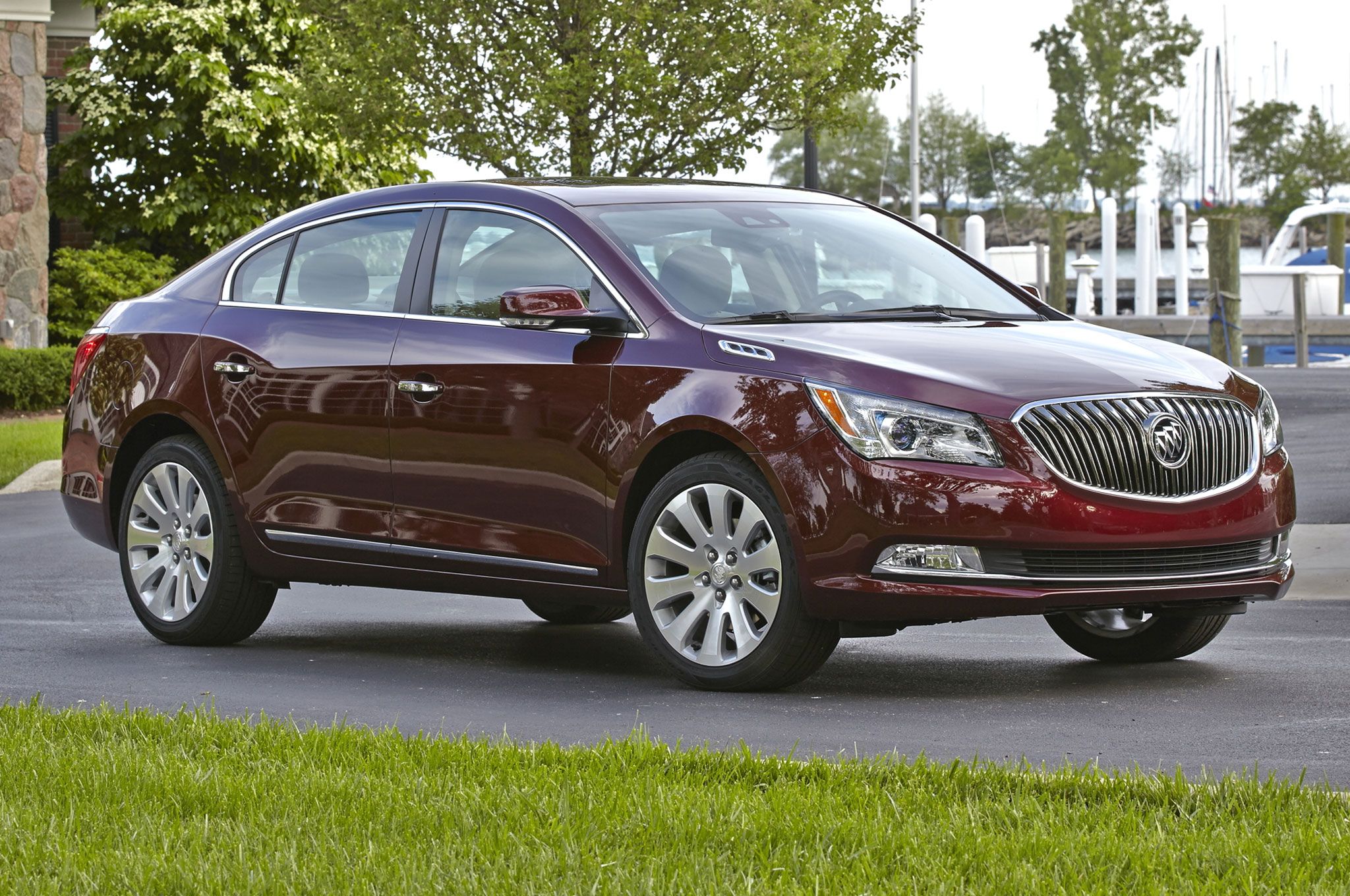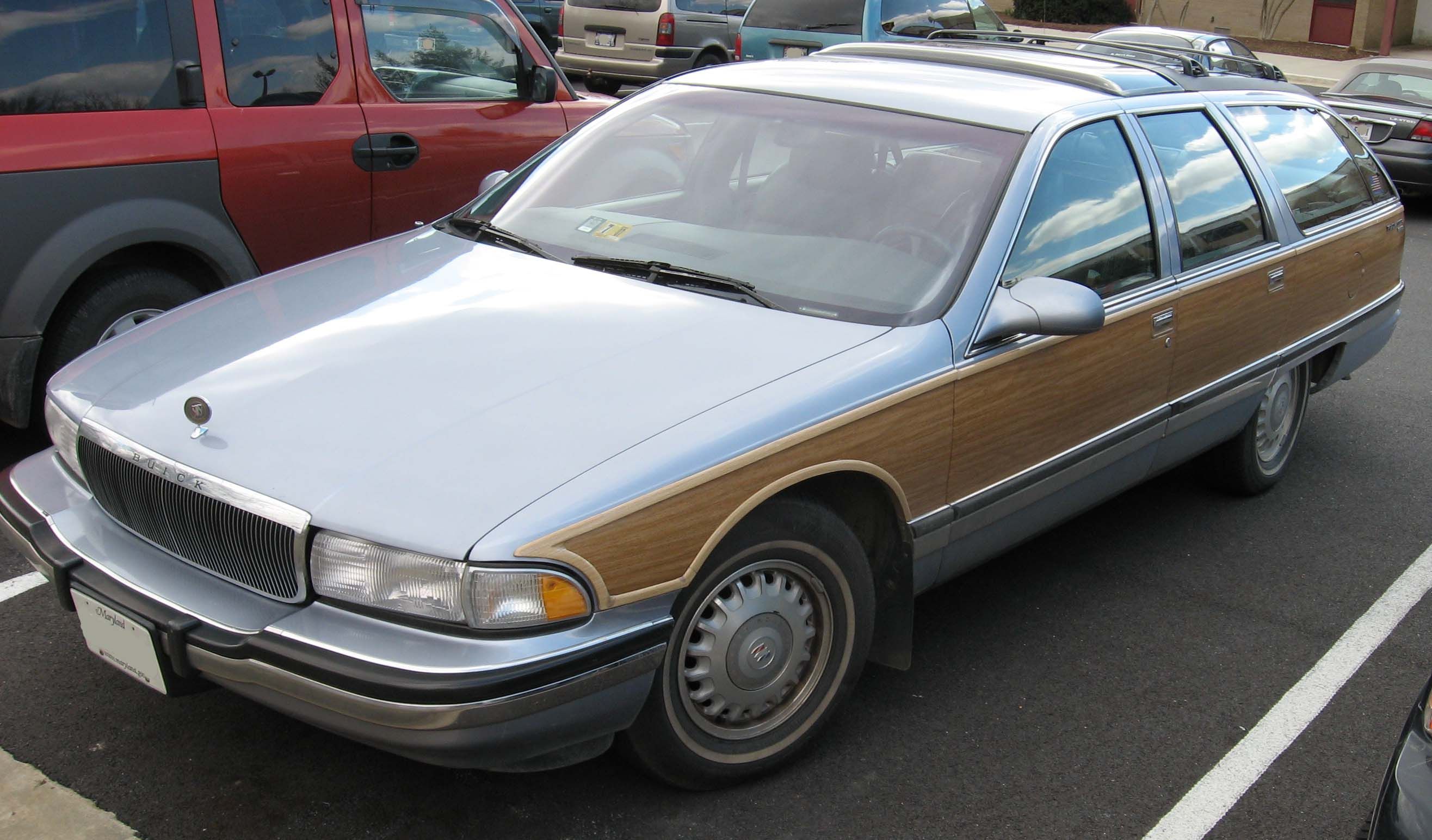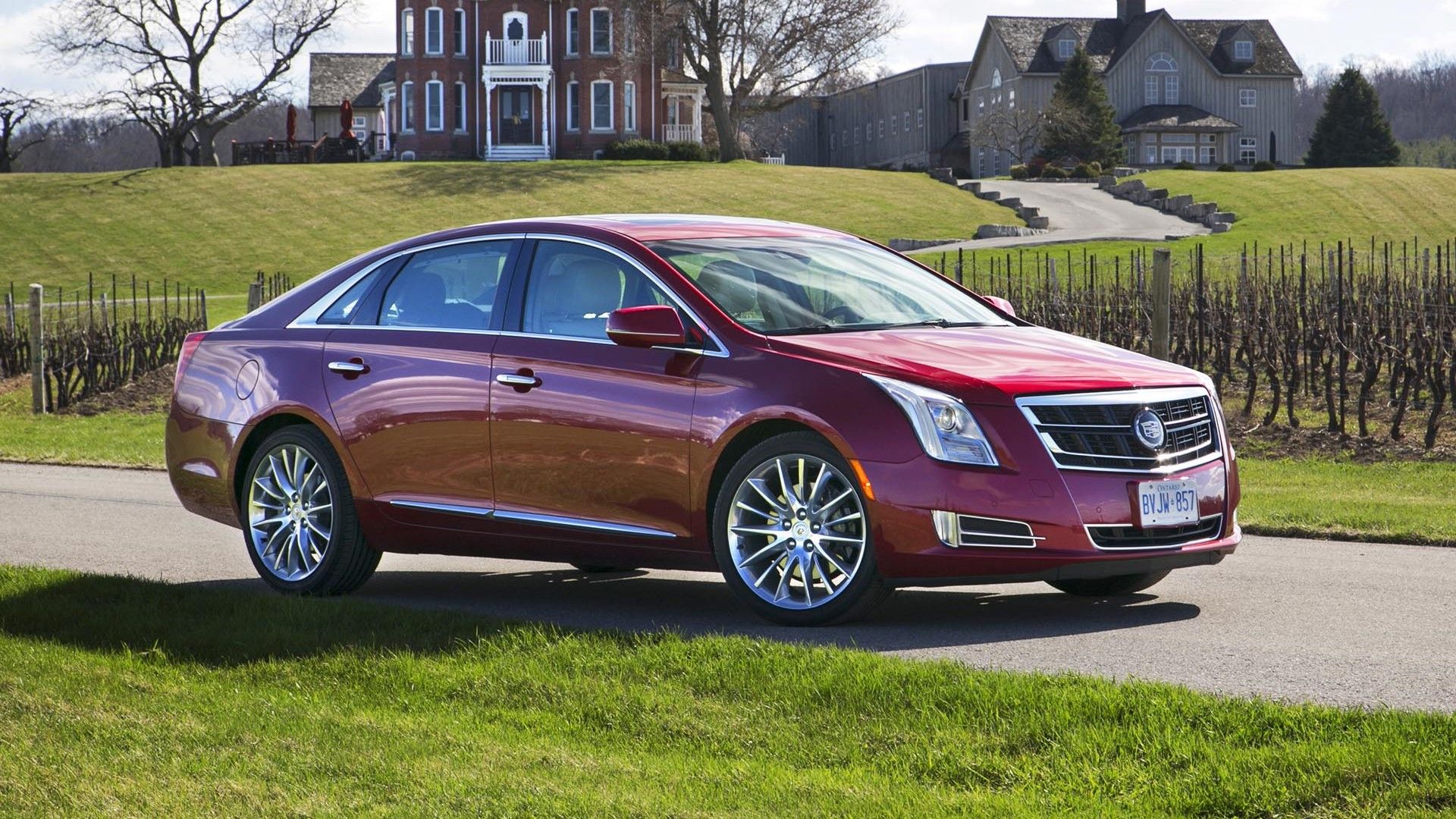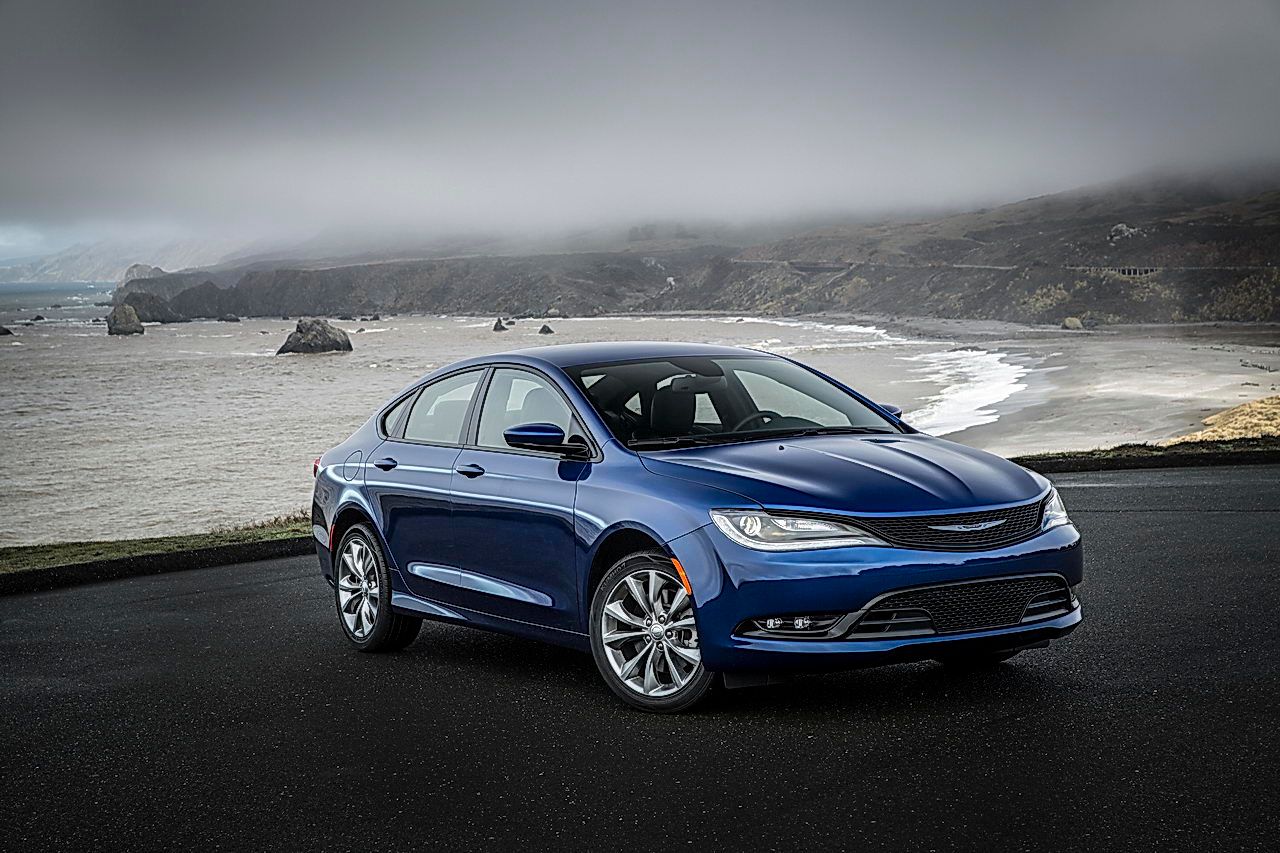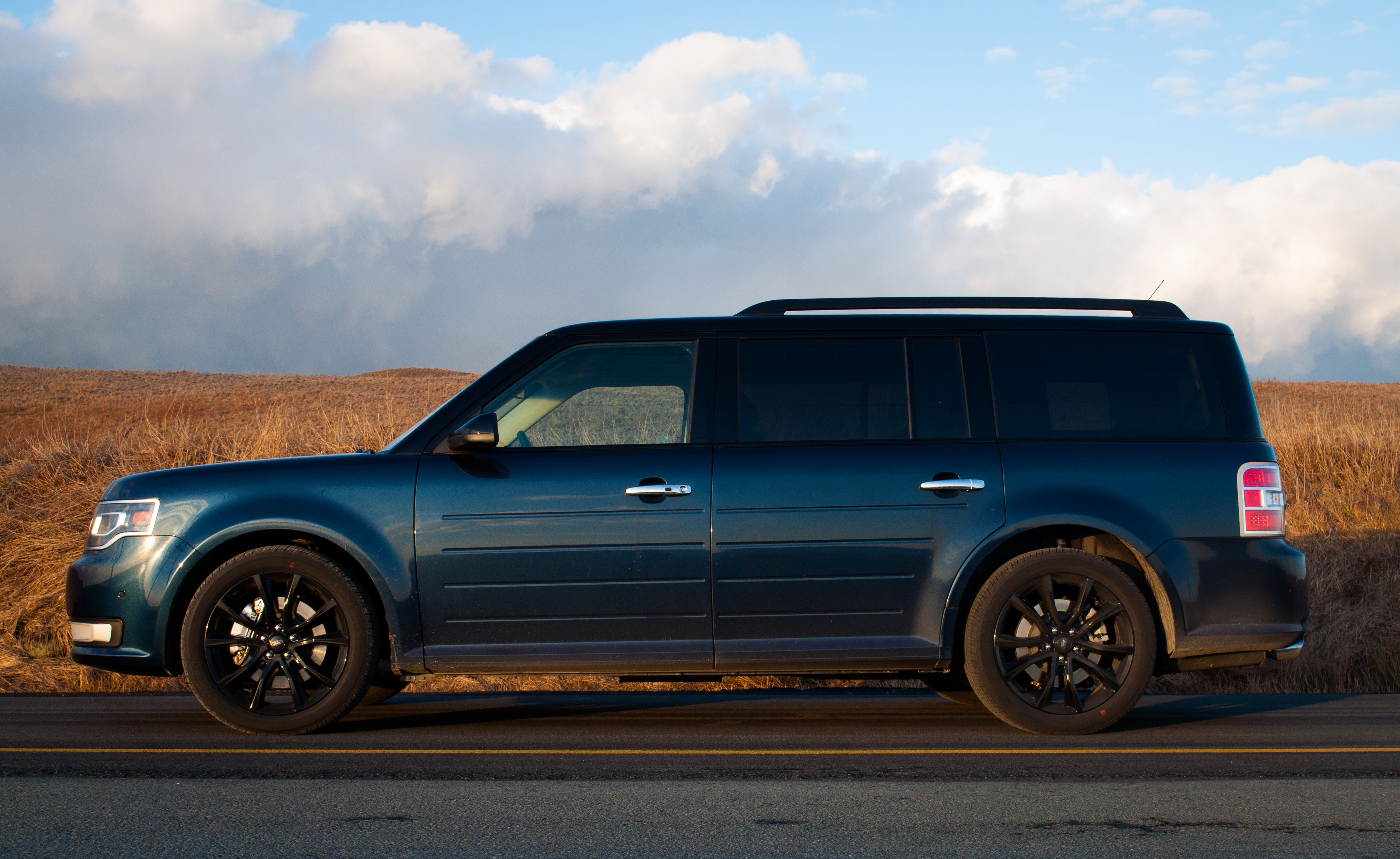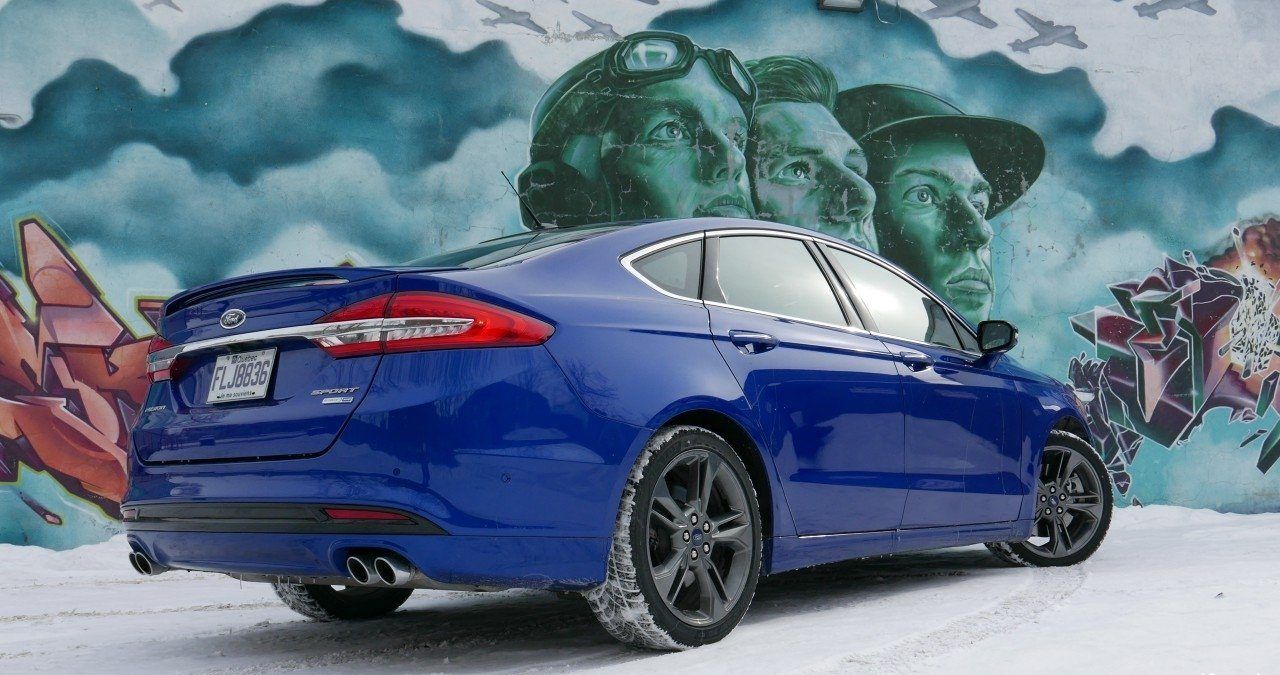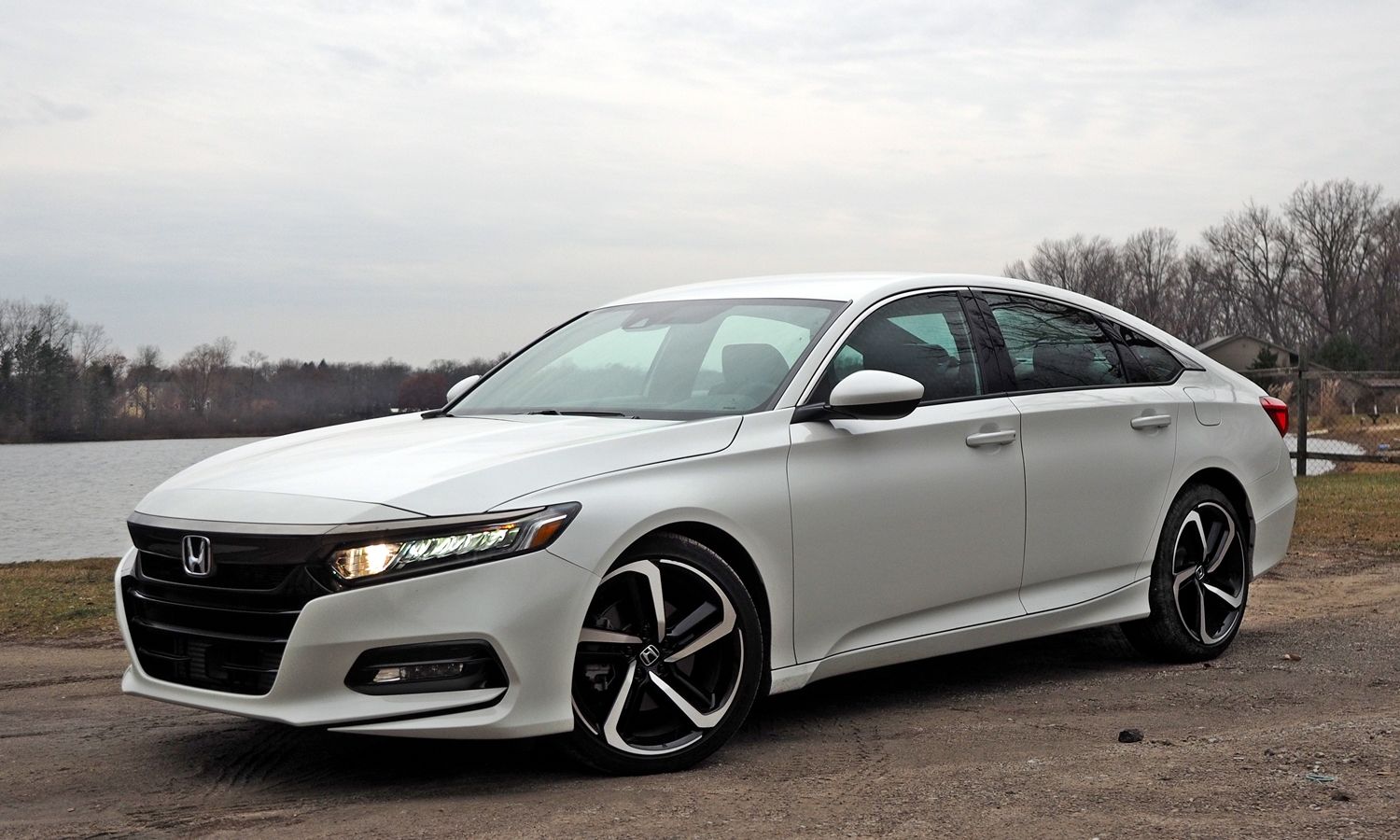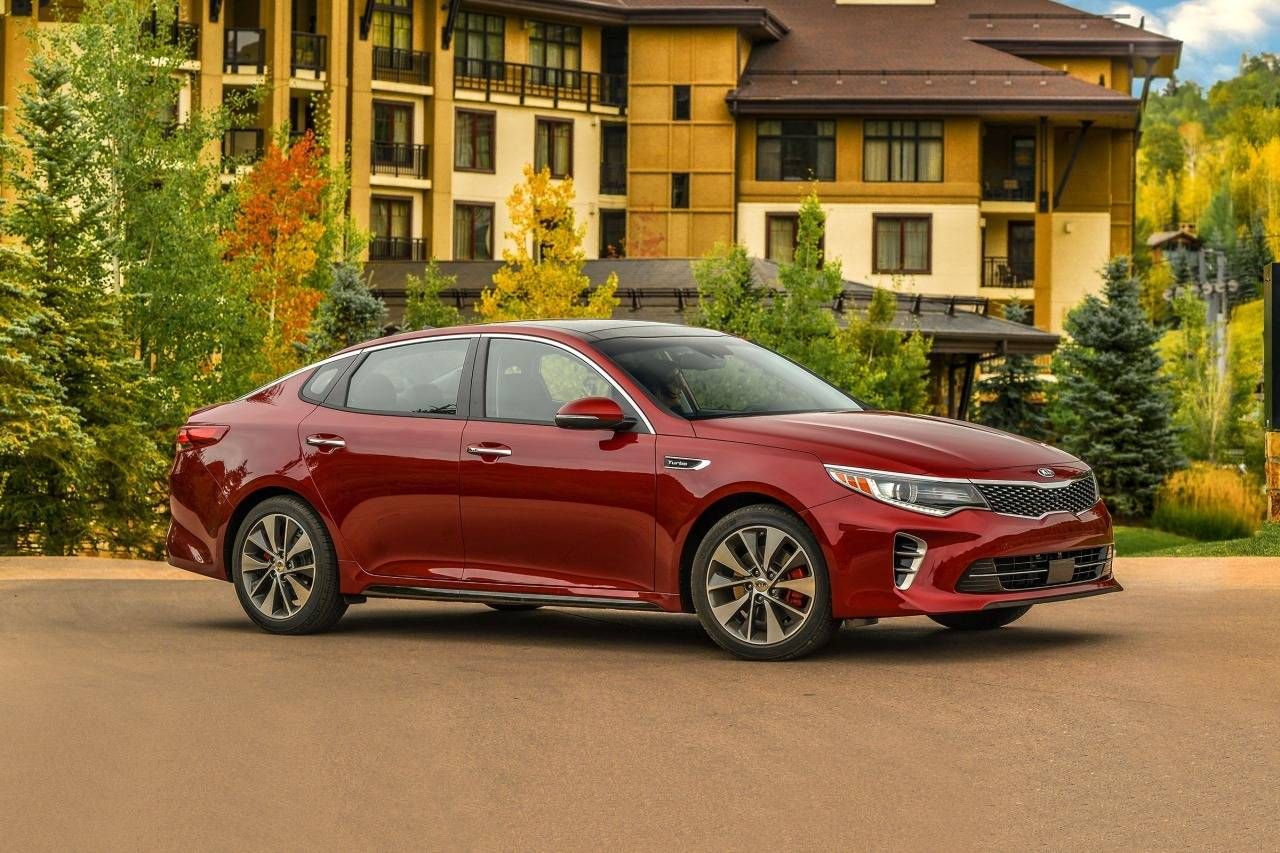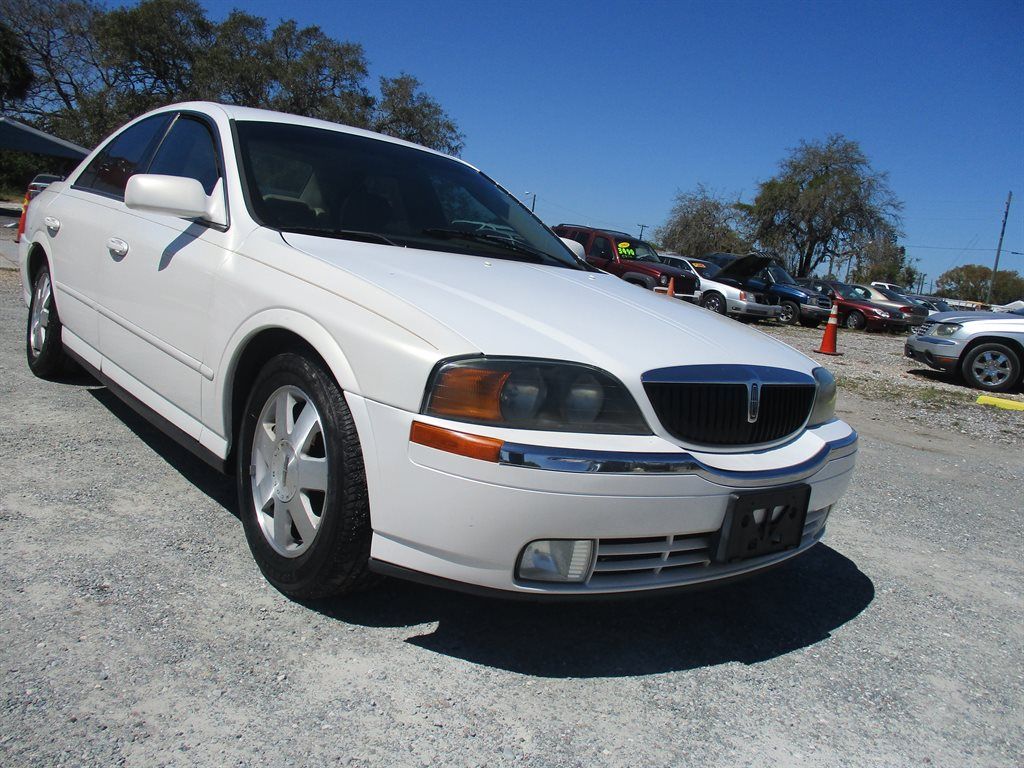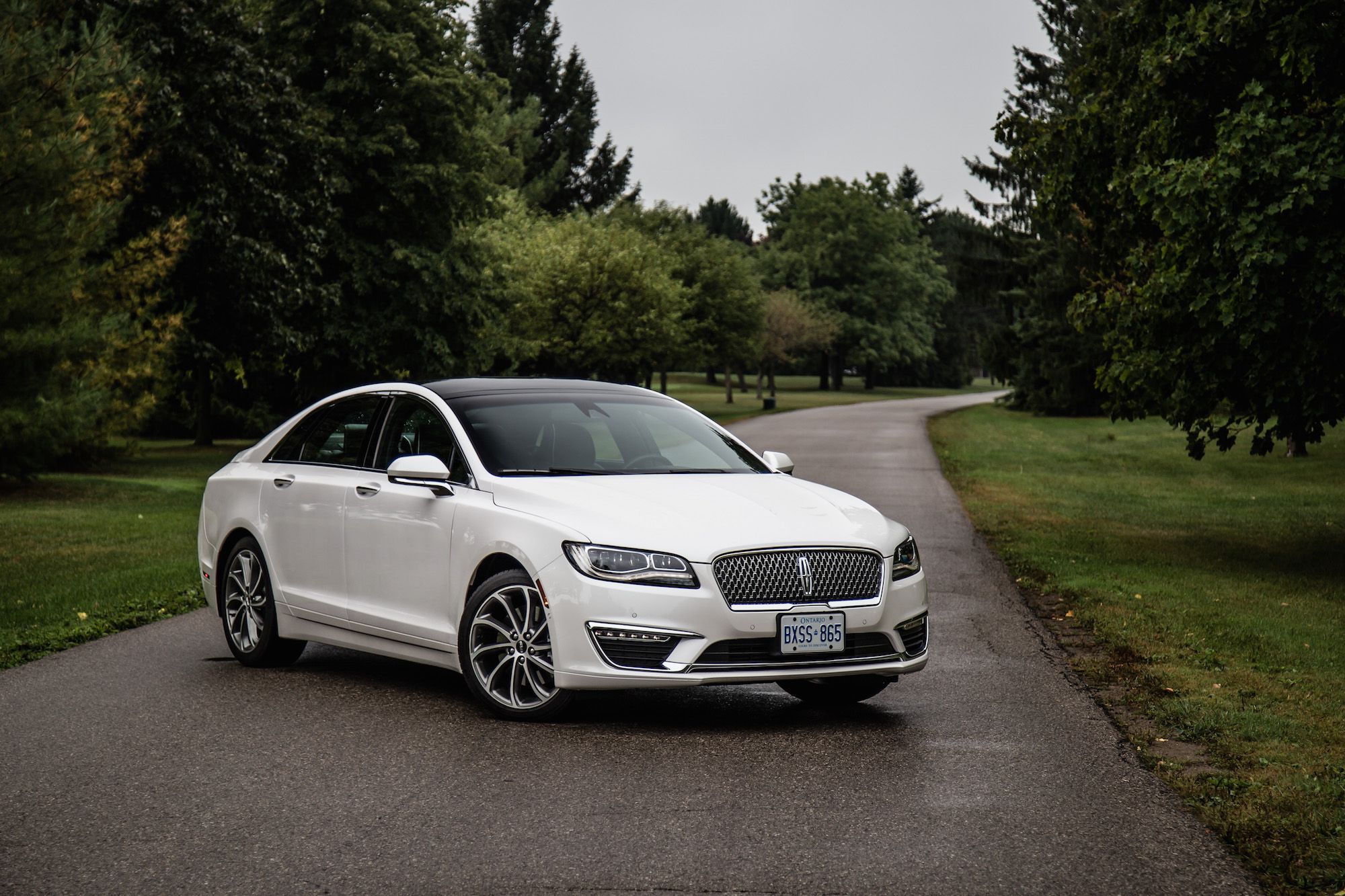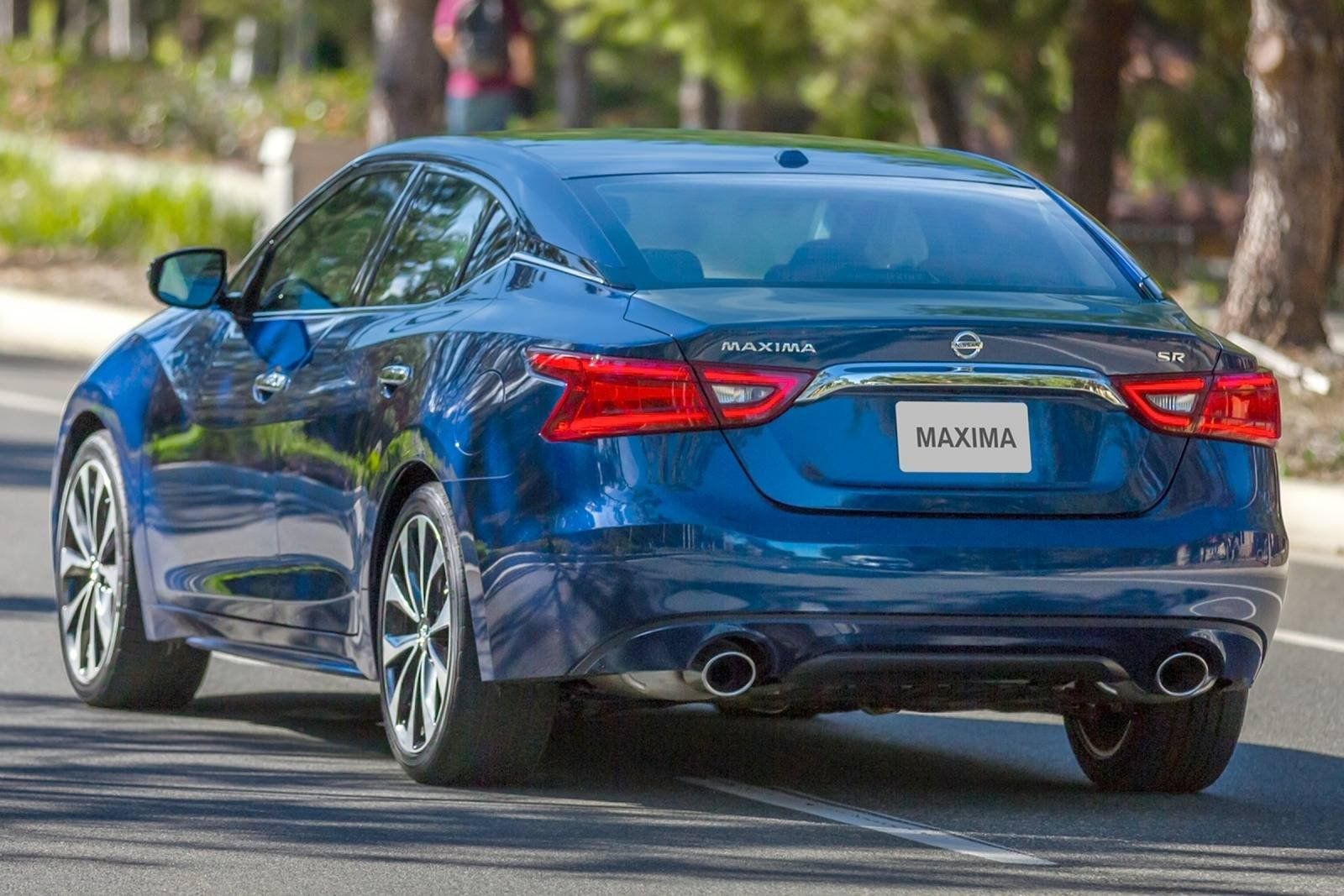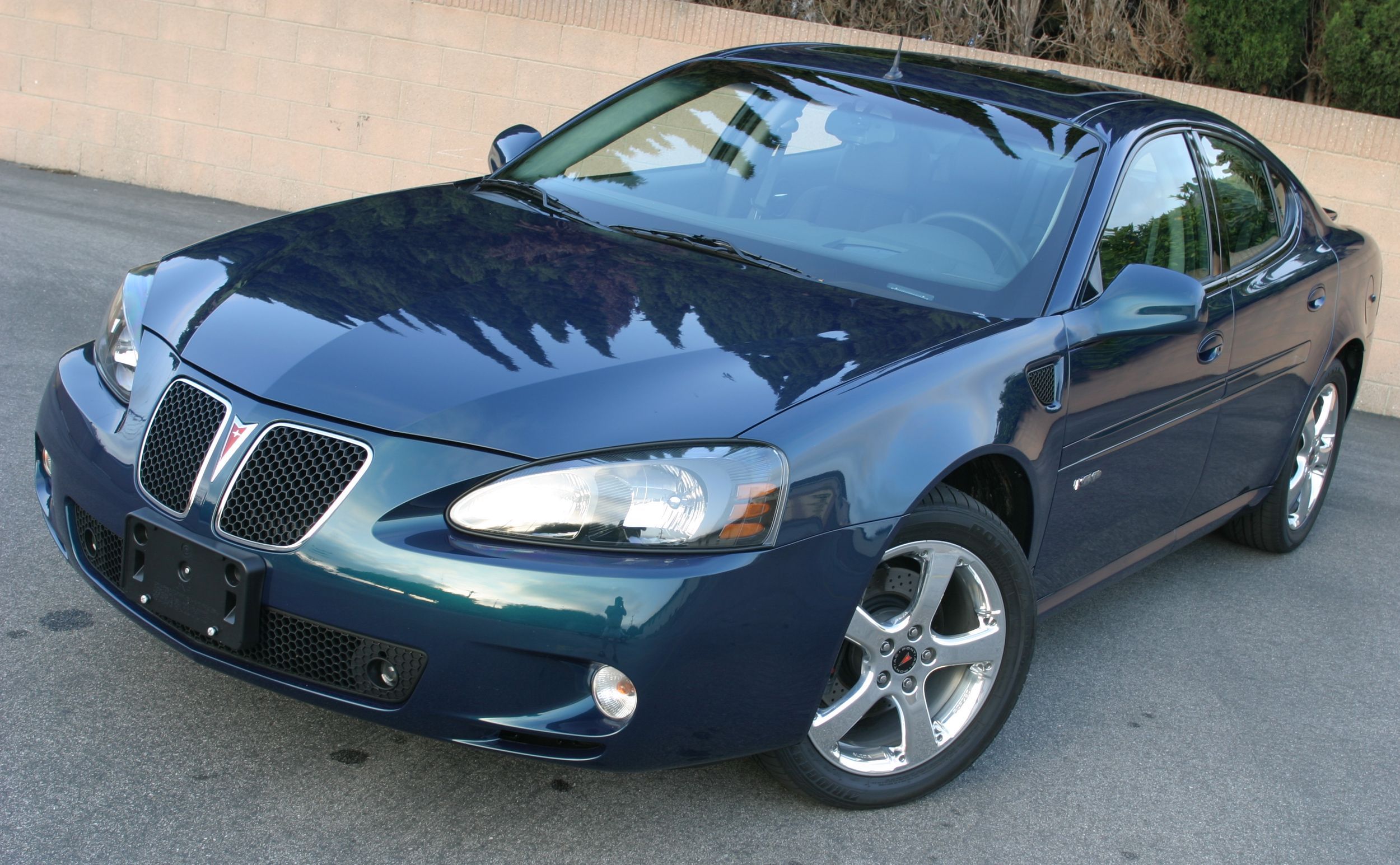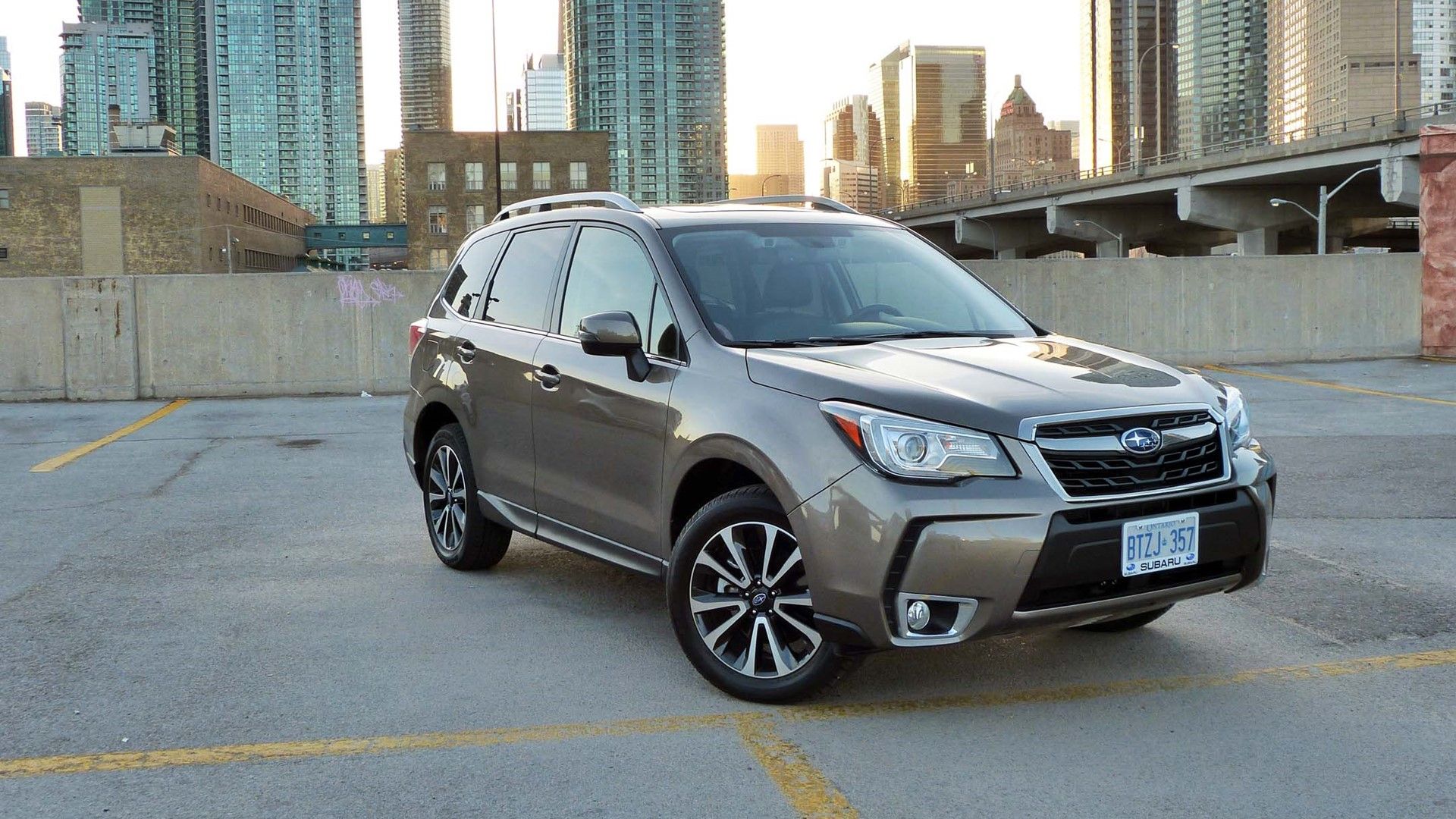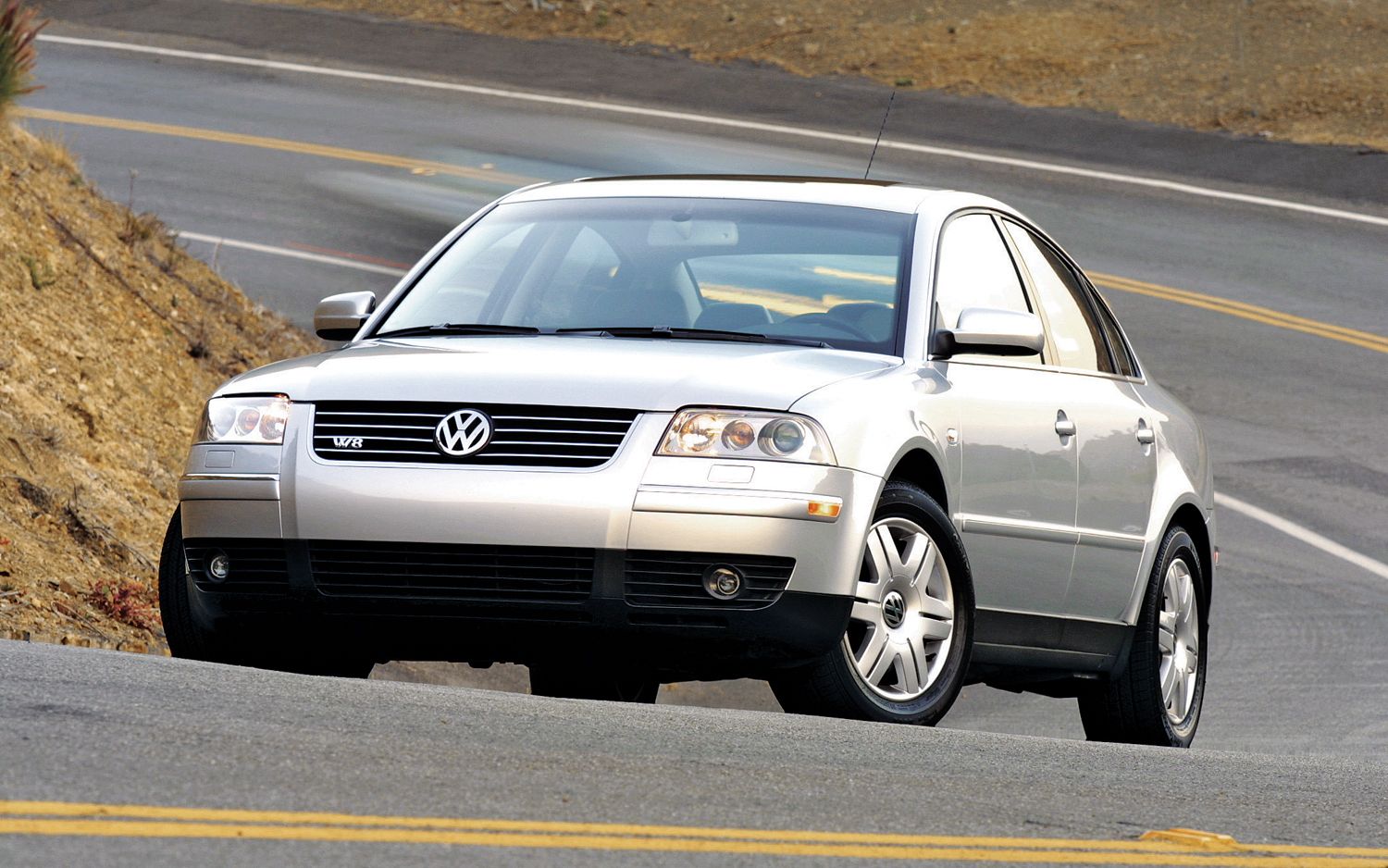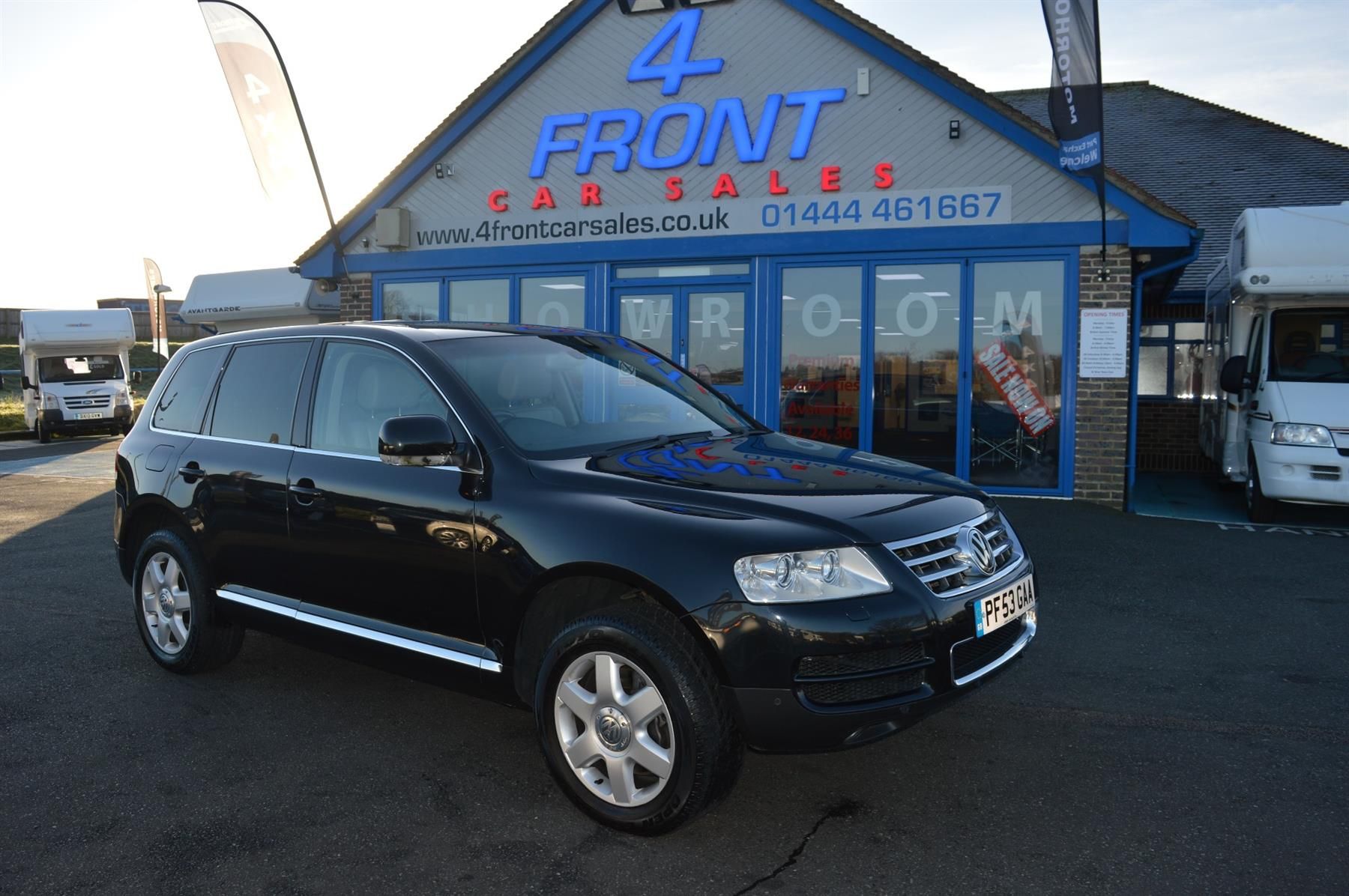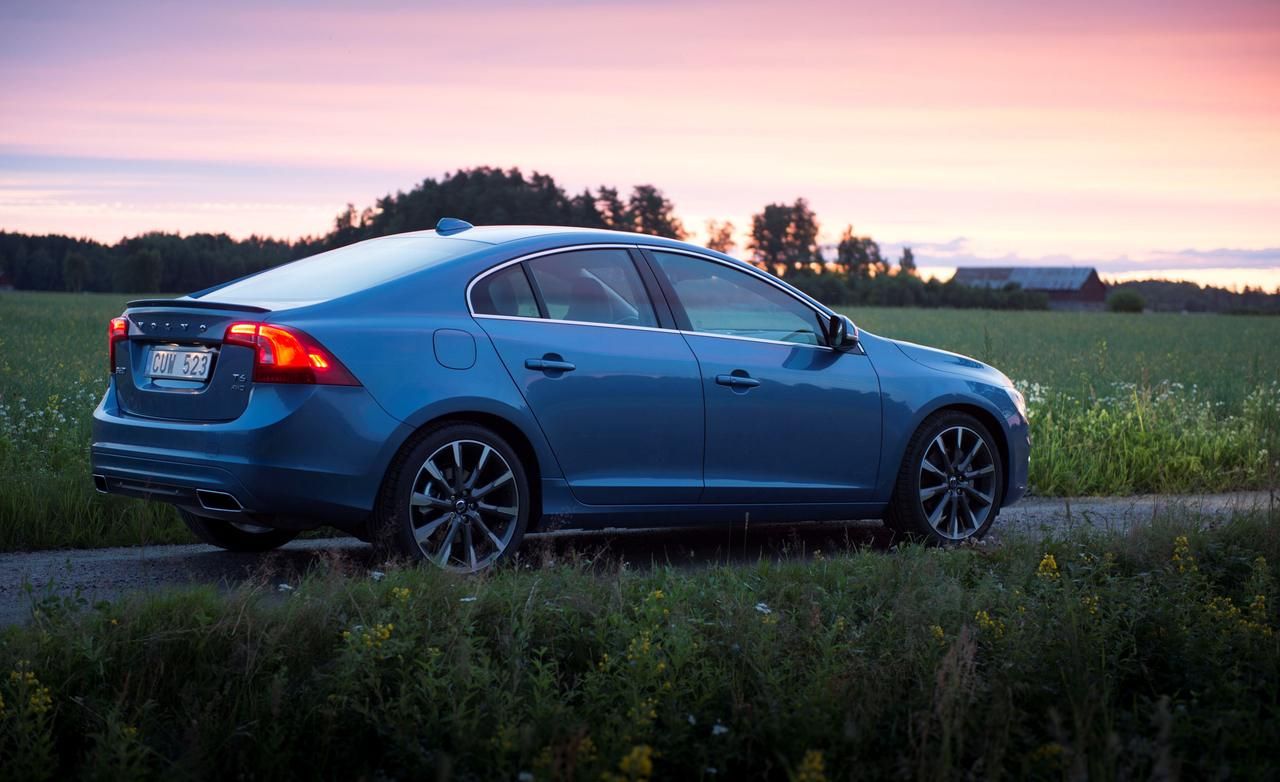The 981-chassis Porsche Cayman, built from 2012 until 2016, is considered by many to be the gold standard for modern sports cars. While its successor, the current-gen Porsche 718, has been lauded for its highly responsive chassis and explosive pace, most reviewers resent the fact that it junked the 981’s charismatic flat-six in favor of a turbocharged flat-four with an exhaust note Top Gear magazine likened to “an old Veedub Beetle”. In either case, the Cayman is living proof that bigger numbers don’t necessarily make for a better experience: consider the fact that the base 981’s 2.7 liter, naturally-aspirated six-cylinder engine made do with a mere 261 hp and 207 lb ft of torque.
A mere six years after that Cayman’s unveiling, you’ll have no trouble finding a comfy family hauler that can easily eclipse those numbers. Again, it’s worth pointing out that out and out power isn’t what sports cars are supposed to be about, but still: the number of affordable, practical, boring vehicles capable of keeping up with a machine purpose-built for driving enjoyment is only increasing. It’s an interesting phenomenon, at once an indicator of just how fast the auto industry moves nowadays and a nod to the days of big-block-powered four-door behemoths from Detroit’s late sixties heyday. The entries from this come from all around the world, and use a variety of methods to extract their 250-300ish horsepower output: some prefer the linear power delivery of a big-hearted naturally aspirated V6, while others stick with the punch and efficiency of a compact, forced-induction inline-four.
20 Chevrolet Impala
In spite of the absence of an SS badge on its derriere or a V8 under its sharply-creased hood, the current-generation Chevrolet Impala will spank any one of its muscle-bound ancestors in a straight up drag race.
I suppose that’s inevitable, given the near half-century of tire and transmission technological development, but the fact that a relatively low displacement, naturally-aspirated modern V6 puts out the same 300-ish horses as a great big pushrod V8 still boggles the mind. Even better, it’ll do that without needing to be fueled up every hour or so, with far more in the way of driver amenities and creature comforts.
19 Dodge Charger SXT
Though it’ll never be as cool as the original, broad-shouldered slab of Detroit menace, Dodge’s 21st-century reinterpretation of the Charger name still manages to turn heads. It’s also more than capable of its driver whiplash, thanks to a broad range of big-boy Hemi V8s, naturally-aspirated or not.
However, I’m not here to talk about the SRTs and Hellcats of the world.
Instead, let’s take a look at the bottom of the Charger totem pole, home of the government-fleet-spec V6 model. Maybe I’m being unfair: after all, few affordable base-model cars pump out 292 hp and 260 lb ft of torque.
18 Acura RLX
NSX notwithstanding, I doubt many people are salivating at the chance of taking a new Acura down their favorite canyon road. Part of the reason, I suspect, is the company’s absence of direction: on one hand, their cars pack enough technological heat to turn asphalt into powder. On the other, the company’s lineup is styled in an unusually conservative fashion, chrome beaks and fancy “angel-eye” headlights aside. While most consumers usually want a larger serving of theatrics to go with their $60,000 meal, a few will doubtless be enticed by something like the RLX Sport Hybrid, which, belying its fancy Honda Accord exterior and eco-friendly badge, can accelerate to 60 MPH in just 4.9 seconds, courtesy of a 377 hp gas-electric powertrain and SH-AWD system.
17 Toyota Camry V6
The Camry is a mainstay of these sorts of lists: it’s basically the default answer for the boring-car-potent-engine question. Mind you, I’m not saying that that’s an undeserved reputation: Toyota’s sold a couple million Camries, and like all popular things, they’re made boring by their ubiquity.
Even the current-generation car, billed as the sportiest Camry yet, will become little more than a wheeled prop in the background of everyday life.
That said, I still wouldn’t mind having a go with a V6-equipped model, which delivers 301 hp and 267 lb ft of torque courtesy of a port and direct-injected, naturally-aspirated 3.5 liter engine.
16 Buick Lacrosse V6
The auto industry tends to be pretty unforgiving when it comes to brands that lack a distinct mission statement: anyone still remember Mercury or Eagle? Once upon a time, I would have thought Buick belonged with those two, consigned to the scrapheap of near-premium domestic brands. I mean, what consumers were they chasing?
After all, buying a top-trim car from a supposedly “low-end” brand gives you all the features you can find in a car costing twice as much, all the while luxury brands try to entice younger customers with cheaper offerings (think along the lines of the Camry-priced Mercedes-Benz CLA). That doesn’t seem to leave much space for the mid-priced Buicks of the world. That said, you won't find me complaining about a 310 hp, AWD-equipped slice of gen-new-ine leather-lined goodness priced for well under $50,000.
15 Buick Roadmaster
It’s a shame that domestic brands have forgotten about the importance of a good name, because it can really elevate the standing of a car. I mean, jeez. Roadmaster. That’s a name fit for a king, not a station wagon with some vinyl siding staple-gunned to its flanks.
However, the badge does have legitimate pedigree over at Buick: it harkens back to the brand’s Harley Earl-led heyday, before they were reduced to little more than a tool used to sell cars in the image-conscious market in China.
While the blobby exterior isn’t a patch on those art-deco masterpieces, GM at least saw fit to give it an engine worthy of the legendary moniker: its 5.7 liter small-block V8 was a hair’s-breadth away from the LT1 unit found in the Chevrolet Corvette C4, capable of sending 260 hp and 330 lb ft of torque to the rear wheels through a four-speed automatic.
14 Cadillac XTS V-Sport
Cadillac’s current mission statement can be summarised pretty easily: do what BMW does, but don’t sell as many cars. The XTS, what with its enormous interior and FWD-based architecture, seems to be the only reminder of their time as the world’s premier producer of super-comfy land yachts.
However, that Germanic influence is being felt even in the most un-sporting of Cadillac models with the addition of the V-Sport trim, which does all the expected things a sports-oriented trim is supposed to do: stiffen up the suspension, cover the interior in acres of black leather, and increase engine output to country-club-impressing levels. In the XTS’s case, that means 400 hp, courtesy of a twin-turbocharged 3.6 liter V6, mercifully sent to all four wheels.
13 Chrysler 200S
Chrysler’s return to the near-luxury mid-sized sedan segment wasn’t really much of a game changer, with earlier iterations of the 200 being mentioned in the same breadth as the detestable Sebring.
However, in letting the model mature in its second generation, Chrysler managed to smooth out most of its faults.
Gone was the bargain-basement rental car exterior, replaced by slightly-less-anonymous sheet metal, managed to look kind of premium, sort of like a toaster from the Williams Sonoma catalog. The bigger change was under the hood, where engineers managed up the output of its 3.6 liter Pentastar V6 from 283 to 295 hp, which, in models with “S” badging, was delivered to all four wheels.
12 Ford Flex
The crossover market is getting increasingly crowded, which makes the absence of the Ford Flex all the more apparent. I mean, how many retro-chic quasi-station wagons are left on the market? Let me answer that for you: zero.
Another reason the quirky, stylish Flex will be missed? Its powertrain.
Ford’s suite of Ecoboost technology has caught a lot of flak from consumers for not offering much in the way of “Eco”. Of course, the flip side of that is the plentiful “Boost”: 3.5 twin-turbocharged liters, 365 horses, and 350 lb ft worth of it, in fact.
11 Ford Fusion Sport
The traditional sedan segment has been mostly obliterated by the tsunami-like sales domination of the crossover. In an attempt to cash in on this craze, Ford recently announced that it would be enthe majority of its car lineup (Mustang excepted) at the altar of high-riding trendiness.
Therefore, the Fusion Sport represents the last gasp for the Blue Oval's affordably priced sports sedan, ending the bloodline established by the original, Yamaha-powered Taurus SHO.
For just $34,350, you’ll have access to a 2.7 liter turbocharged V6 making 325 hp and 380 lb ft of torque, sent to all four wheels and capable of launching this sedan to 60 MPH in just 5.1 seconds.
10 Honda Accord Sport
The reveal of the new Honda Accord Sport briefly set the motoring world aflame after people realized that you’d find a re-tuned version of the Civic Type-R’s 2.0 liter inline-four under the hood. Forum users were consumed with dreams of embarrassing sports car owners with a family sedan with little more than an ECU re-flash (in case you’re wondering, Honda specialist Hondata can extract an extra 50 horses and 80 lb ft from the Accord’s stock engine with little more than a $695 FlashPro device). That said, the Sport’s standard output of 252 hp and 273 lb ft of torque isn’t shabby at all, especially when you’re too busy enjoying yourself with the bolt-action precision of Honda’s typically excellent six-speed manual transmission.
9 Kia Optima SX Turbo
I know it’s a cliché at this point, but the fact that Kia (and corporate cousin Hyundai) managed to transform itself from the laughing stock of the automotive world into a purveyor of class-leading products in little more than a decade still boggles the mind.
That progress becomes crystal clear when you take a look at the Optima, which went from a geriatrically-styled Mercedes-knockoff to an incredibly chic four-door with a design it can proudly call its own.
Top-spec SX Turbo models bring the heat in the form of a turbocharged (duh) 2.0 liter inline four, delivering 245 hp and 260 lb ft of torque to the front wheels via a six-speed slushbox.
8 Lincoln LS
Cadillac isn’t the first domestic luxury brand to go after the Germans on their home turf: the LS was a RWD premium sedan with a nod towards sportiness, and used a platform derived from the Ford-era Jaguar S-Type. That allowed for near-perfect weight distribution, tidy proportions, and a choice of two Jaguar-sourced engines under the hood. It’s the V8 model we’re interested in right now: considering it relatively compact 3.9 liter displacement and absence of forced-induction, an output of 280 hp (for later versions equipped with variable valve timing at least) could be considered pretty healthy for the standards of the era and segment.
7 Lincoln MKZ
Along with plenty of chrome brightwork and spiffy leather upholstery, the Lincoln MKZ differentiates itself from its Ford Fusion sibling with a heaping hit of extra power and traction-boosting techno wizardry. Top-spec Reserve and Black Label models team Ford’s newly developed 3.0 liter twin-turbo V6, pumping out 400 hp and 400 lb ft of torque, to a torque-vectoring AWD system derived from the all-singing, all-dancing Ford Focus RS. Models without all-wheel-drive still produce a front axle-straining 350 horses, which is more than enough to get you into trouble with the law.
6 Nissan Maxima
While Nissan’s so-called “V-Motion” design language might be contentious, what with all the V-shape motifs and nonsensical, abrupt body surfacing, at least the automaker hasn’t been slacking off when it comes to performance. Case and point, the current eighth-generation Maxima, introduced in 2016.
The cynics among you might snicker at the juxtaposition of the Nissan’s “four-door sports car” billing butting up against the car’s prodigious footprint, FWD layout, and continuously-variable transmission, but thankfully, the Maxima manages to be more than the sum of its parts. A large part of that can be attributed to its brawny naturally-aspirated 3.5 liter V6, whose 300 hp output allows for a 0-60 sprint of just 5.9 seconds.
5 Pontiac Grand Prix GXP
It’s easy to wax nostalgic about the affordable sports sedan segment of the early 2000s: Honda was sticking a V-TEC-equipped engine in everything short of their lawn-mowers while Nissan continued to press forward with trying to make their Altima and Maxima models the four-door equivalent of a Lotus Elise. What did domestic automakers do to combat this foreign influx of fun, practical products? Well, for the presumably cocaine-addled decision makers at pre-bankruptcy GM, the answer was simple: take one 5.3 liter small-block V8, finagle it sideways under the hood of a Pontiac Grand Prix, and have it send its 303 horses to the ground through the front axle and a prehistoric four-speed slushbox.
4 Subaru Forester XT
Like anyone approaching middle age, the Subaru Forester has gained weight and gotten progressively lamer over the years. The first two iterations of the Forester, built from 1997 to 2002 and 2002 to 2008, were essentially jacked up wagons built from a hodgepodge of Impreza and Legacy hardware.
Heck, for the 2006 model year, customers in Japan were lucky enough to have the chance to buy a Forester STi, fitted with a turbocharged flat-four pumping out 320 hp.
Unfortunately, subsequent generations moved away from its car-like roots in favor of the ever-trendy crossover template, becoming softer and less driver-oriented in the process. The current XT trim, which, thanks to its 250 hp flat-four is touted as the sportiest Forester on our shores, is only offered with a CVT.
3 Volkswagen Passat W8
Even in the pantheon of deeply weird Volkswagen projects, which includes the likes of the $90,000 Phateon luxury sedan and the limited-run XL1 hyper-economy car, the Passat W8 definitely elicits the most confusion. I mean, who was it appealing to?
Buyers willing to put up with the intricacies of a W8 engine (essentially made from two narrow-angle V4 engines squeezed together) were probably going to want that motor in something a little more exotic than a Honda Accord competitor with some fancy trim.
That said, it does hit all the automotive hipster benchmarks, and is thus immensely appealing to me: it was offered as either a wagon or a sedan, routed its 270 hp to all four wheels, and could even be optioned with a five-speed manual transmission.
2 Volkswagen Touareg V10 TDI
Volkswagen diesels get a bad rap nowadays, and deservedly: lying to a couple of million consumers is never a good look, especially not when it concerns matters as important as environmental impact.
However, it's worth mentioning that when evaluated purely as driving instruments, VW’s TDI engines score pretty highly.
Few of their offerings were as potent as the ten-cylinder unit that can be found under the hood of the Touareg full-size SUV, which also had the unintended side effect of making a complicated, pricey vehicle even more hellishly expensive to maintain. Displacing 5.0 liters, the V10 made a healthy 309 hp and a ludicrous 553 lb ft of torque at just 2,000 RPM.
1 Volvo S60 Drive-E
You wouldn’t think that a sleepily-styled Volvo sedan would be one of the most potent front-wheel drive cars on the market, but hey, here we are. The Drive-E’s all-aluminum 2.0 liter twincharged (that’s code for turbo and supercharged) inline-four, fitted with direct injection, makes a prodigious 302 hp and 295 lb ft of torque, not far off from the turbocharged unit found under the hood of the Honda Civic Type-R. Combined with a quick-witted eight-speed automatic, that's enough for a 0-60 sprint of just 5.4 seconds and a quarter-mile time of 14 seconds flat, impressive numbers considering the S60’s 3,700 lb bulk and acceleration-compromised FWD layout.
Sources: jalopnik.com, caranddriver.com, topgear.com

